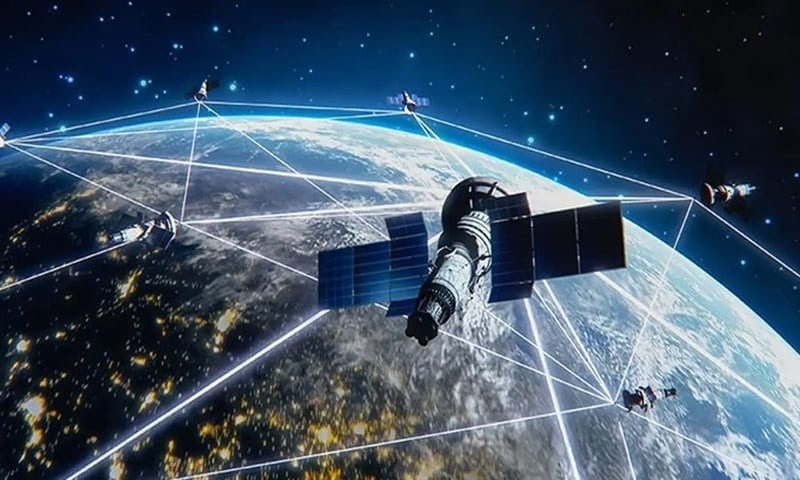ISLAMABAD – Pakistan’s space agency SUPARCO has announced that the country’s first hyperspectral satellite, HS-1, will be launched on October 19 from China’s Jiuquan Satellite Launch Center.
Hyperspectral imaging is an advanced camera technology used in satellites for detailed study of the Earth and space. Unlike traditional satellite cameras that capture only a few colors (red, green, blue), hyperspectral cameras can capture hundreds of narrow color bands, detecting subtle differences in light that the human eye or conventional satellites cannot see.
Benefits and Significance of HS-1
According to SUPARCO’s Wednesday statement, this mission marks a major milestone in Pakistan’s national space program, bringing the country into the era of advanced space technology for agriculture, disaster management, urban development, and environmental monitoring.
In agriculture, HS-1 will provide precise farming data, offering detailed information on crop health, soil moisture, and irrigation patterns, which could improve yield estimates by 15 to 20 percent and enhance food security.
Role in Urban Development and Environmental Monitoring
The satellite’s advanced sensors will help monitor environmental changes, map infrastructure, and analyze urban growth patterns. HS-1 will identify human-made structures through unique spectral signatures, aiding sustainable city planning, land-use assessment, and resource management.
Disaster Management and Environmental Applications
HS-1 will also serve as a critical tool for early warning and rapid response to climate and natural disasters. Its high-resolution imaging will enable flood forecasting, landslide monitoring, and geo-hazard assessment, particularly along the Karakoram Highway and northern Pakistan.
Additionally, HS-1 will assist in post-disaster assessments, transport network analysis, and water resource modeling, providing timely information on floods, earthquakes, deforestation, and land degradation.
Expanding Pakistan’s Space Program
HS-1 will complement Pakistan’s existing remote sensing satellites PRSS-1 (July 2018), EO-1 (January 2025), and KS-1 (July 2025), further strengthening the country’s space infrastructure.
SUPARCO stated that the mission aligns with Pakistan’s national space policy and the agency’s Vision 2047, aiming to place Pakistan at the forefront of space technology and innovation.
International Collaboration and Future Plans
Last month, a SUPARCO senior official revealed that the agency is integrating space applications into disaster management systems to improve preparedness for natural disasters using science and international collaboration.
In July, Pakistan’s Ministry of Foreign Affairs announced the successful launch of a remote sensing satellite from China, designed to enhance agriculture monitoring and disaster management in Pakistan.













